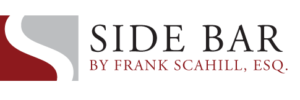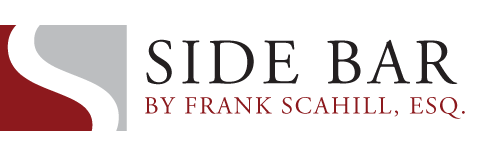In jury selection, I often discuss minimum expectations with the prospective jurors. I ask them if they know what a witness who takes the stand at trial needs to do before they begin to speak. The jury will chime in they need to take an oath.
In conversation, I ask them if they know what that oath entails and they respond the witness needs to tell "the truth the whole truth and nothing but the truth". I then ask, “Does anyone believe that is always the case?” and the response is always a resounding "NO".
That exchange serves several purposes. Primarily it plants the seed of doubt in the jury that perhaps the witnesses called by the plaintiff will not tell "the truth the whole truth and nothing but the truth".
This exchange also allows for a theme to be discussed with the jury in summations. How the minimum expectations of truthfulness, allowing a plaintiff to earn the trust and be worthy of a verdict in their favor, have not been met.
Consider the cross-examination by Tim Jones of our office of the plaintiff in Ina Allick-Diallo, Maria Davis and Rahim Davis v. Wokary Dit Boubaca Ouonogo and Mohamed Diakite, (Index no: 300445/15) before Judge Miles in June of 2018. Here, the plaintiff, Maria Davis, was confronted with a prior lawsuit for back pain in 2002, which was not revealed in her direct testimony. Her explanation was that she hurt her back, but she was not injured. Tim Jones destroyed her credibility in front of the jury with the following exchange:
- And you told the jury before that you never were injured, the same parts of your body prior to the accident we are talking about today, which was July of 2014, you remember that testimony?
- Yes.
- Take a look at that document marked as Defendant's A for identification. Does that refresh your recollection as to whether or not you injured your back in June of 2002?
- Not that I injured my back, I hurt my back, but not injured it.
- Hurt your back in the accident of 2002?
- Yes.
- So when you told the jury just moments ago that you never had any injuries to your back, that you injured your back only in this accident, that wasn't true, correct?
- That is true, I didn't injure my back, I hurt my back.
- Did you bring a lawsuit for the accident from June of 2002?
- I believe so.
- So, you're telling us for the first time on cross-examination you had a back injury and a lawsuit from an auto accident in 2002, correct?
- No, but my back was hurting in 2002. It was not injured.
- Did you answer untruthfully on questions from your attorney, because you thought the jury would give you less money?
- So you brought a lawsuit but you're telling us you weren't injured; is that right?
- Right, my back was in pain.
- Your back was in pain?
- My back was hurt, but it was not injured.
- Your back pain is the reason you brought the lawsuit, isn't it?
- Yes.
At this point, the witness can say anything she wants, as her credibility is shattered.
Her attempt to parse words between being “injured” and “in pain” has fallen flat. This critical exchange on cross-examination was enough to frame the closing arguments in the case.
Now, when the subject of "the truth the whole truth and nothing but the truth" is discussed in closing arguments, the jury will recall your discussion in Voir Dire and how you brought the concept to life on cross-examination.

